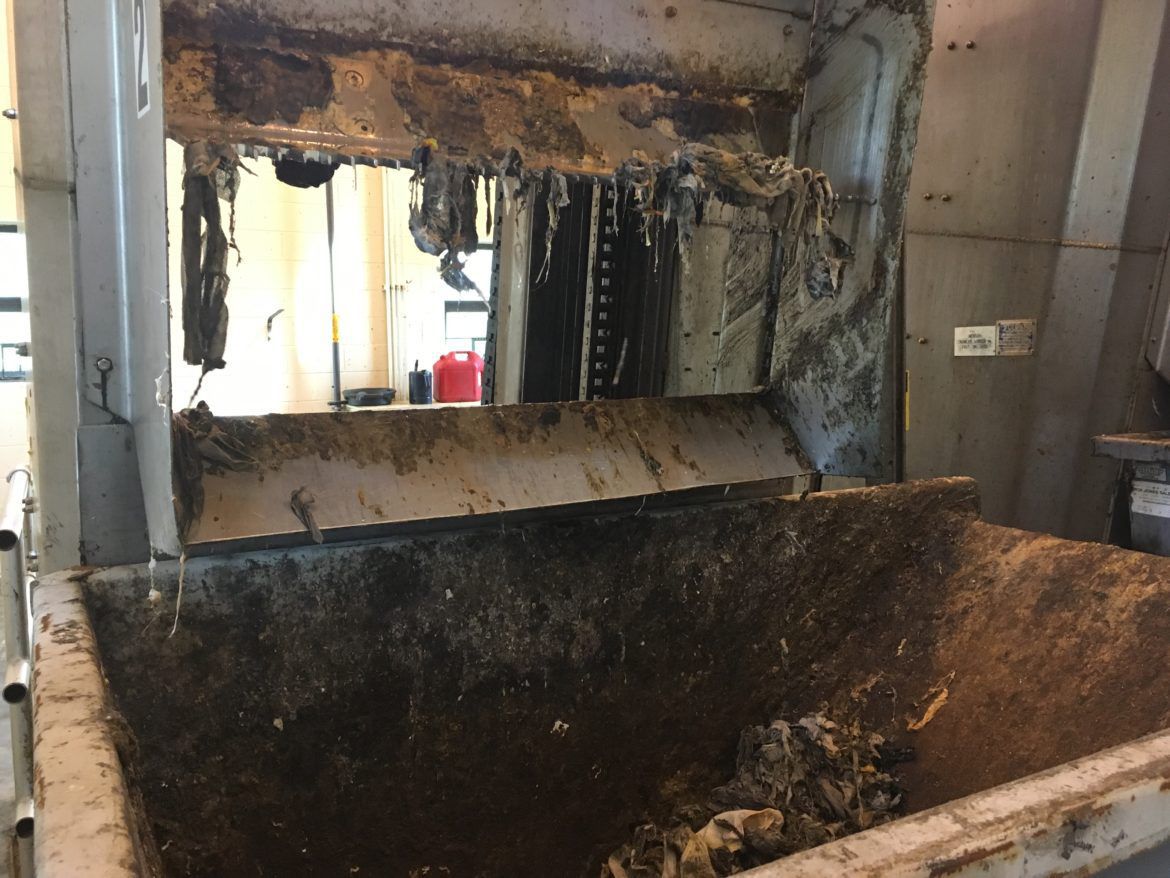What You Flush Ends Up in Drinking Water
Published on by Water Network Research, Official research team of The Water Network in Government
Government officials are concerned about some contaminants in the water because of the risks of chronic ingestion.
 Caffeine and a drug used to regulate blood sugar levels for people with Type 2 diabetes wash down the drain every day to become some of the most common unregulated contaminants in Iowa’s public drinking water, an IowaWatch investigation revealed.
Caffeine and a drug used to regulate blood sugar levels for people with Type 2 diabetes wash down the drain every day to become some of the most common unregulated contaminants in Iowa’s public drinking water, an IowaWatch investigation revealed.
The presence of these contaminants is so minuscule that what a drinking water consumer takes in is fairly minimal, but federal government officials are concerned about them because the risks of chronic ingestion of these contaminants are unclear, the result of a lack of research to determine potential health risks for humans.
These contaminants affect the human endocrine system, which produces hormones that regulate metabolism, growth and development, among other functions.
Chemicals that affect the endocrine system exist in nature, but show up prominently in man-made products such as pharmaceuticals, plastics, detergents and cosmetics that people dump down the drain. These compounds commonly are referred to as emerging contaminants.
“Iowa is in a water quality crisis,” Des Moines Water Works communication coordinator Laura Sarcone said. She cited that facility’s increased use of an expensive nitrogen removal process and a record number of impaired waters as determined by the Iowa Department of Natural Resources as well as a growing concern about the impact of emerging contaminants.
“Everything we use has the potential to become an environmental contaminant,” Dana Kolpin, a research hydrologist with the U.S. Geological Survey, said. “We use it, we excrete it, we wash it down the drain.”
Caffeine ends up in water from a number of sources, not limited to coffee and soft drinks. Soap, shampoo and even pantyhose can be caffeinated and it’s this level of dependence on caffeine that makes it such a prevalent contaminant.
Although water from our drains and toilets goes through a wastewater treatment plant, emerging contaminants can survive wastewater treatment and end up in surface water, which then can become source drinking water for communities downstream.
So many potential contaminants to monitor from an array of sources exist that trying to understand each one can be overwhelming for researchers and treatment facilities. It is hard to narrow down what to focus on given the low-priority level of emerging contaminants for most facilities.
Some wastewater and drinking water treatment plants use a treatment process called activated carbon, which is effective in preventing emerging contaminants from permeating drinking water supplies.
This treatment process uses carbon to attract unwanted organic compounds such as caffeine through adsorption, leaching those compounds out of the finished water. Activated carbon also is used in air filtration and other purification applications.
According to findings from the 2013 Survey of Iowa Groundwater, the highest level of acetaminophen found in one sample was 826 ng/L (parts per trillion).
“For perspective, it would take almost 200,000 cups of untreated well water to equal the dose of acetaminophen recommended for infants,” the report said.
Attempts to monitor
Public drinking water source testing began at the state level in 1988 and became a national program following the Safe Drinking Water Act amendment of 1996. The first list of contaminants to be monitored nationally was published in 1999 and monitoring ran from 2001 through 2003. The third round of monitoring was the first to include emerging contaminants.
Not all contaminants in the program are considered emerging. Naturally occurring compounds like cobalt and testosterone were included in the third cycle, which ran from 2013 through 2015.
Some of the monitored compounds considered to be emerging contaminants were perfluorooctanesulfonic acid - an ingredient in Scotchgard - and perfluoroheptanoic acid - a grease-proof substance used on food packaging.
No more than 30 contaminants can be monitored over a span of five years in the program, which Susan Glassmeyer, an EPA research chemist, said makes selecting which contaminants to monitor an added challenge.
Monitoring, however, does not equal treatment.
Source: Sioux City Journal
Media
Taxonomy
- Contaminant Removal
- water treatment
- Water & Wastewater Treatment
- Contaminants
- Contaminant Control